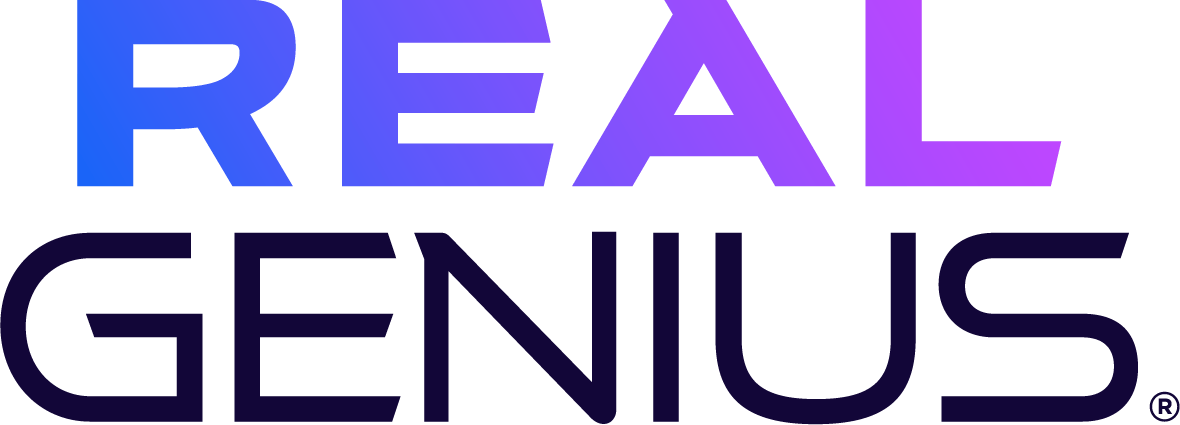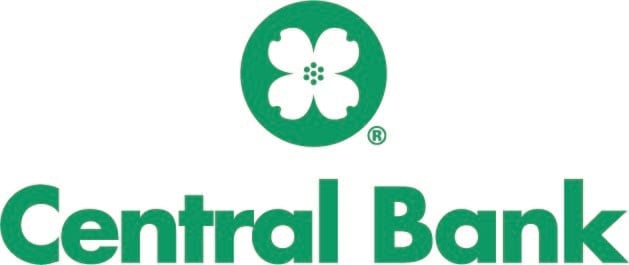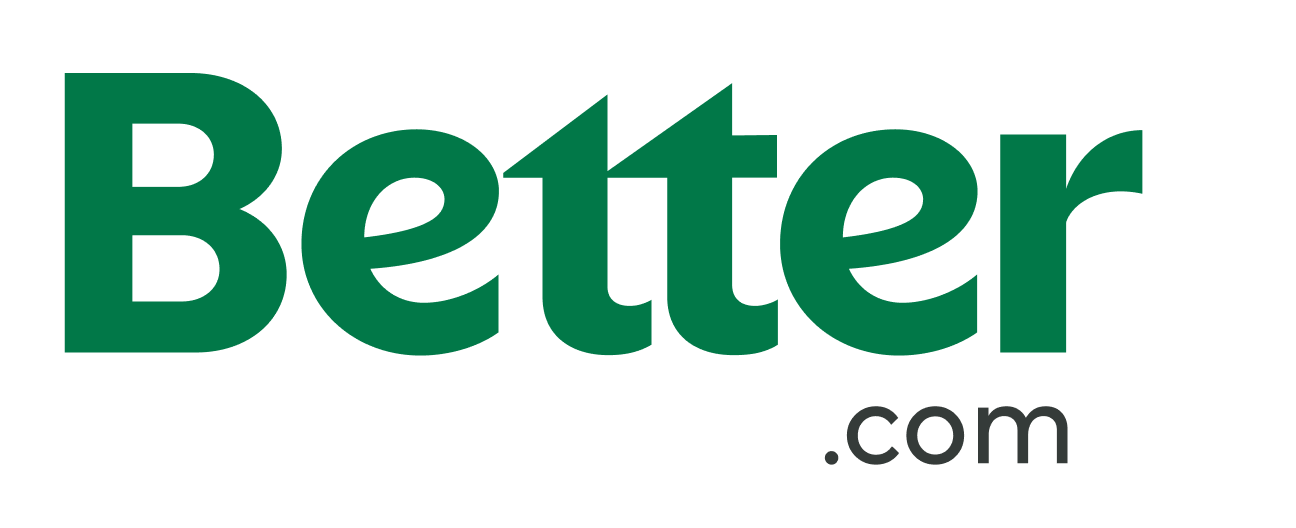Compare Today’s Mortgage Rates | Monday, December 15, 2025
Rates are current as of December 15, 2025 1:09 PM EST
APR 6.13%
0.04% 1wAPR 5.62%
0.07% 1wAPR 6.68%
0.06% 1wShow details
The Nerdy headline
Tomo’s online rates comparison tool is among the best we’ve seen for shopping rates — and both their rates and fees are competitive. While they don’t offer refinance or home equity options, the solid lineup of purchase loans could be a good fit for a wide range of home buyers, including those with credit challenges.
NerdWallet rating
5.0
- Comprehensive online rates comparison tool makes it easy to customize sample rates.
- Mortgage rates are on the low side, according to the latest federal data.
- Offers financing options for borrowers with lower credit and those without Social Security numbers.
- No refinance or home equity options.
- Loans not available in all states.

NMLS#1880338
APR
6.15%
APR
6.15%
Interest rate
6.13%
Est. mo. payment
$2,431/mo
Total fees
$1,248
Next Door Lending is a wholly-owned subsidiary of NerdWallet
Show details
The Nerdy headline
Next Door Lending, a mortgage broker, offers expert assistance shopping for and closing a loan, as well as specialty loans at competitive rates. Mortgages are not available in every state.
- Offers a variety of loan types, including first-time buyer programs and loans for self-employed borrowers.
- Real-time rate quotes available while working with a broker.
- Responsive customer service.
- Competitive pricing often available, especially for non-traditional borrowers.
- Does not publish interest rates online.
- No mortgage mobile app.
- Loans are not available in every state.
Show details
The Nerdy headline
Home loans overall
NerdWallet rating
4.5
- Offers a variety of mortgage options, including jumbo loans, and FHA and VA loans.
- Offers home equity loans and lines of credit.
- Displays customized rates, with fee estimates, without requiring contact information.
- Doesn’t offer mortgages in all 50 states.
- Home renovation loans are not available.
Show details
The Nerdy headline
Midwest-rooted Central Bank offers an online application, which you can track via mobile app. But you’ll have to contact the bank for mortgage rates.
Home loans overall
NerdWallet rating
4.0
- Among the best when it comes to online convenience.
- Offers a full selection of mortgage types and products, including jumbo, home equity, and government loans.
- Claims to offer preapproval within 24 hours of loan application.
- You'll have to complete a loan application to see mortgage interest rates.
- Bank branch locations limited to the Midwest.
- Does not offer home equity lines of credit.
Show details
The Nerdy headline
First Federal Bank stands out for its exceptionally low interest rates and its emphasis on government loans. Most likely to appeal to borrowers shopping for low rates and fees.
Home loans overall
NerdWallet rating5.0
- Strong experience in FHA and VA lending.
- Average mortgage rates are on the low side, according to the latest federal data.
- Minimum credit score requirement of 580 for some loans, which is lower than some competitors.
- No mobile app.
- Home equity lending is not a priority.
- Does not offer renovation loans, but does offer construction loans.
Show details
The Nerdy headline
Better stands out for its attractive interest rates and wide range of mortgage types, including for condos and manufactured homes. Better offers connections with homeowners insurance providers and real estate attorneys, as well as title insurance. However, the lender could improve its customer service.
Home loans overall
NerdWallet rating4.5
- Has a wide variety of mortgage types, including home equity products.
- Offers lower interest rates than many competitors.
- Sample online rates are customizable by location.
- We struggled to contact customer service.
- The lender scores poorly for customer satisfaction on Zillow.
- Does not offer construction loans.
Show details
The Nerdy headline
Farmers Bank of Kansas City lets you browse rates and apply online, but branches are Kansas-only. Get discounts by using the bank’s partner real estate network.
Home loans overall
NerdWallet rating
4.5
- Displays customized rates, with fee estimates, without requiring contact information.
- Offers home equity loans and lines of credit.
- Mortgage origination fees are on the low side compared to other lenders, according to the latest federal data.
- Doesn’t offer government-backed FHA or USDA loans, or adjustable-rate mortgages.
- Home renovation loans are not available.
- Mortgage rates are on the high side compared to other lenders, according to the latest federal data.
Show details
The Nerdy headline
NBKC stands out for its attractive interest rates and fees, and is primarily an online lender — though its app does not have mortgage features and chat support is not geared toward mortgage borrowers.
Home loans overall
NerdWallet rating4.5
- Competitive interest rates and fees.
- Offers most common loan types, as well as a handful of specialty loans.
- Payouts are available to borrowers whose loans don’t close on time.
- Customer service is only accessible over the phone for many mortgage customers.
- Does not offer renovation loans.
- Home equity products are not currently a lending priority.
See more options
About these rates: The lenders whose rates appear on this table are NerdWallet's advertising partners. NerdWallet strives to keep its information accurate and up to date. This information may be different than what you see when you visit a lender's site. The terms advertised here are not offers and do not bind any lender. The rates shown here are retrieved via the Mortech rate engine and are subject to change. These rates do not include taxes, fees, and insurance. Your actual rate and loan terms will be determined by the partner's assessment of your creditworthiness and other factors. Any potential savings figures are estimates based on the information provided by you and our advertising partners.
Explore historical mortgage rate trends
See how rates have changed over time to understand past patterns and economic fluctuations

Historical timeline
Loan purpose
Loan type
National average 6.13%
Today's average mortgage rates
| Product | Interest rate | APR |
|---|---|---|
| 30-year Fixed | 6.12% | 6.13% |
| 30-year Fixed FHA | 6.12% | 6.86% |
| 30-year Fixed VA | 5.75% | 5.91% |
| 20-year Fixed | 6.16% | 6.17% |
| 15-year Fixed | 5.61% | 5.62% |
| 10-year Fixed | 5.76% | 5.78% |
| 3-year ARM | 8.19% | 7.46% |
| 5-year ARM | 6.34% | 6.68% |
| 7-year ARM | 6.38% | 6.64% |
| 10-year ARM | 6.12% | 6.13% |
Accurate as of 12/15/2025.
Data source: ©Zillow, Inc. 2025. Use is subject to the Terms of Use
Today's mortgage rates | Monday, December 15, 2025

Our Nerdy take on mortgage rates

Watch: What December's Fed Cut Means For Mortgage Rates

What Moves Mortgage Rates? Factors at Play & How to Shop



Kate Wood
Holden Lewis
Johanna Arnone
Factors you can change

Your credit score
Mortgage lenders use credit score as a stand-in for risk. Higher credit scores are seen as safer, and are generally rewarded with lower interest rate offers.

Your down payment
Paying a larger percentage of the home's price upfront reduces the amount you're borrowing. A bigger down payment may help you score a lower interest rate.
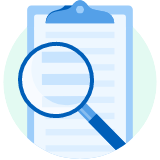
Your loan type
What kind of mortgage you're applying for influences the rate you're offered. For example, jumbo loans tend to have higher interest rates.
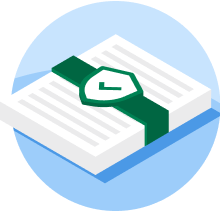
How you'll use the home
A mortgage for a primary residence will usually have a lower interest rate than a home loan for a second home or an investment property.
Forces you can't control

The U.S. economy
Stock market trends, the rate of inflation and the job market can all put pressure on mortgage interest rates. Events like elections can influence rates, too.

The global economy
What's happening around the world affects U.S. markets, which can then push mortgage rates higher or lower.
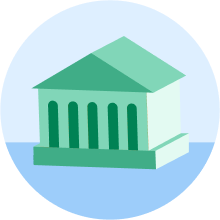
The Federal Reserve
Decisions by the nation's central bank to raise or cut interest rates for short-term borrowing can ripple out to rates on longer-term loans, including mortgages.

The housing market
A hot housing market can make it harder to find lower mortgage rates. When lenders have plenty of business, there's less incentive to compete for buyers.
How to compare current mortgage rates
How to see personalized mortgage rates
Does a lower mortgage rate matter? Savings example
How to compare mortgage lenders
- Before you start looking at lenders, you need to know what you can spend. Figure out how much house you can afford to create your home shopping budget.
- Browse lenders online and check out their sample interest rates. If you can, personalize the rates by entering details like your down payment savings and where you live.
- Apply for mortgage preapproval from at least three lenders. Preapproval doesn't affect your credit score, plus it's helpful for home shopping.
- Within three business days, each lender that preapproves you will send you a Loan Estimate. You'll be able to compare rate offers and lender fees side by side.
Frequently asked questions
What is included in a mortgage payment?
The interest rate is what the lender charges for borrowing the money, expressed as a percentage. The APR, or annual percentage rate, is a measure that's supposed to more accurately reflect the cost of borrowing.APR includes fees and discount points that you'd pay at closing, as well as ongoing costs, on top of the interest rate. That's why APR is usually higher than the interest rate.Are mortgage rates expected to drop?
Mortgage rates are constantly on the move, though sometimes those moves are barely visible — just a few basis points up or down. In 2025, average rates on 30-year, fixed-rate loans have pretty much stayed within a range of 6.5% to 7%.This has some frustrated would-be borrowers asking when mortgage rates will be 3% again, as they were in 2020 and 2021. But it's important to remember not just that it was cheaper to borrow back then, but also why rates went so low. The Federal Reserve took extraordinary measures — including cutting the federal funds rate to near zero and buying billions of dollars in mortgage-backed securities — to try to avert an economic crisis brought on by the pandemic. This wasn't the normal ups and downs of the market, it was a serious outlier.It’s smart to keep track of mortgage rate trends so you can nail down your budget, but home buyers shouldn’t feel pressure to time the market. Mortgage rates can't be predicted with complete accuracy — and if you're waiting for rates to hit a certain number, you could miss out on your perfect home.What is a mortgage rate lock?
Mortgage rates not only vary from day to day, but hour to hour. In order to know what interest rate you'll pay, you need the rate you're offered to stop changing. A mortgage rate lock is the lender's guarantee that you'll pay the agreed-upon interest rate if you close by a certain date. Your locked rate won't change, no matter what happens to interest rates in the meantime.It's a good idea to lock the rate when you're approved for a mortgage with an interest rate that you're comfortable with. Consult with your loan officer or mortgage broker on the timing of the rate lock. Ideally, your rate lock would extend a few days after the expected closing date, so you'll get the agreed-upon rate even if the closing is delayed a few days.
More mortgage tools and resources
Latest mortgage news and analysis
View rates by loan type or state
Get even more specific with rates personalized to your situation

